I'm looking for some advice from the expert restorers here on the forum.
A while ago, I picked up a Muirhead K-175-E Kelvin Varley divider. When I bought it, it looked a bit sad and neglected.
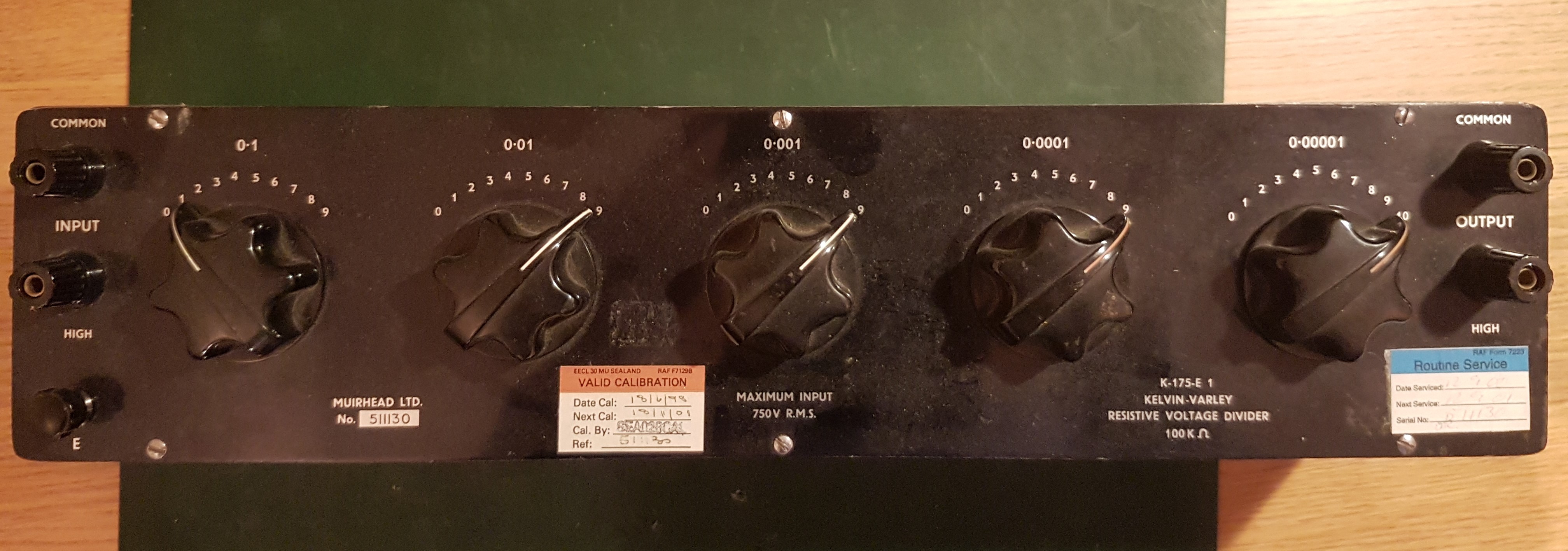
After cleaning it externally and restoring the outside to its former glory, it also turned out to still be very accurate. Here it is dividing down a 10V reference.
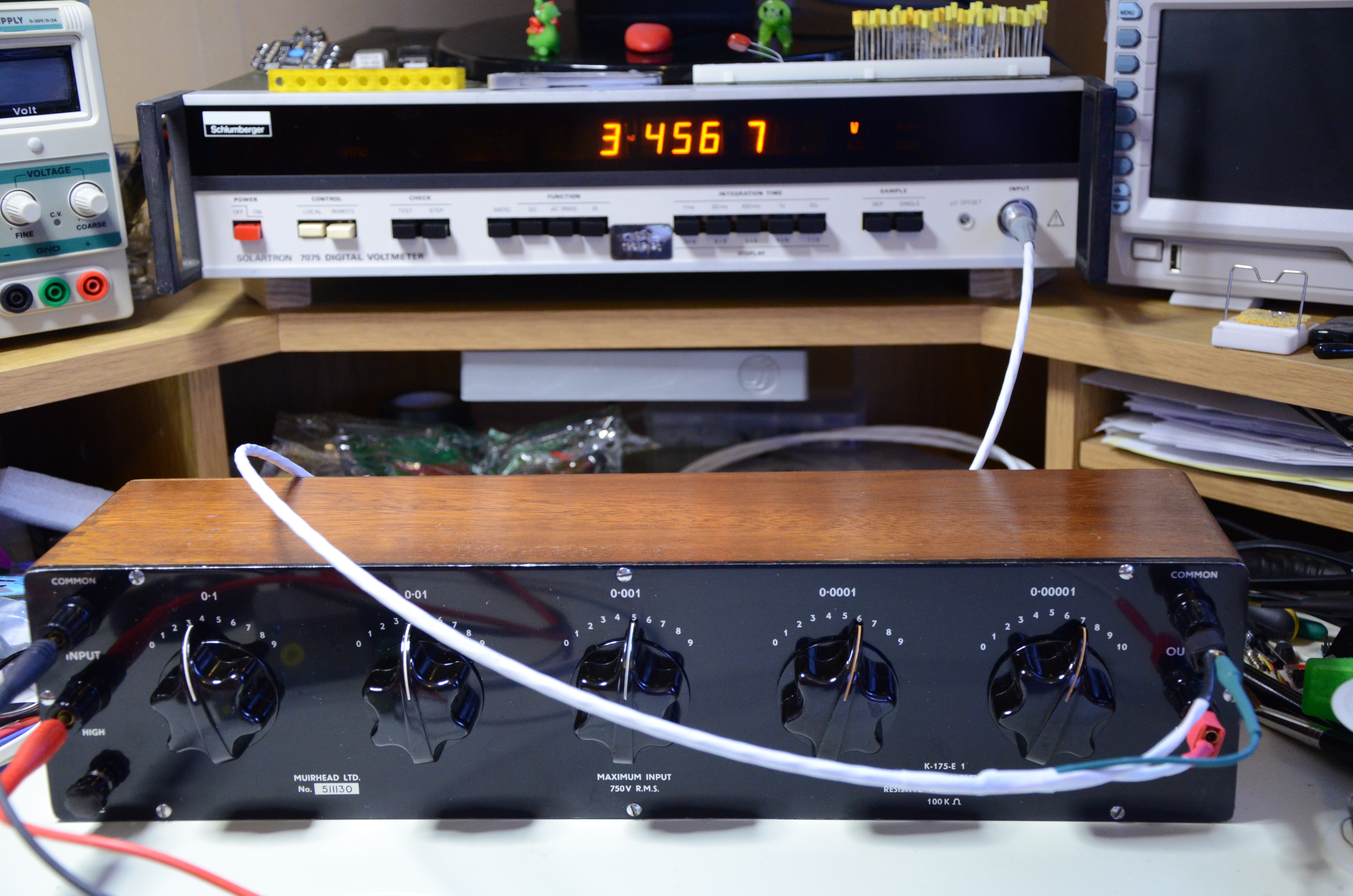
The inside is a different story though. The divider had previously lived at RAF Sealand on the northern coast of Wales and it would seem that the salty sea air had penetrated the divider and started some rather nasty looking corrosion. Here's a few pics from the inside.
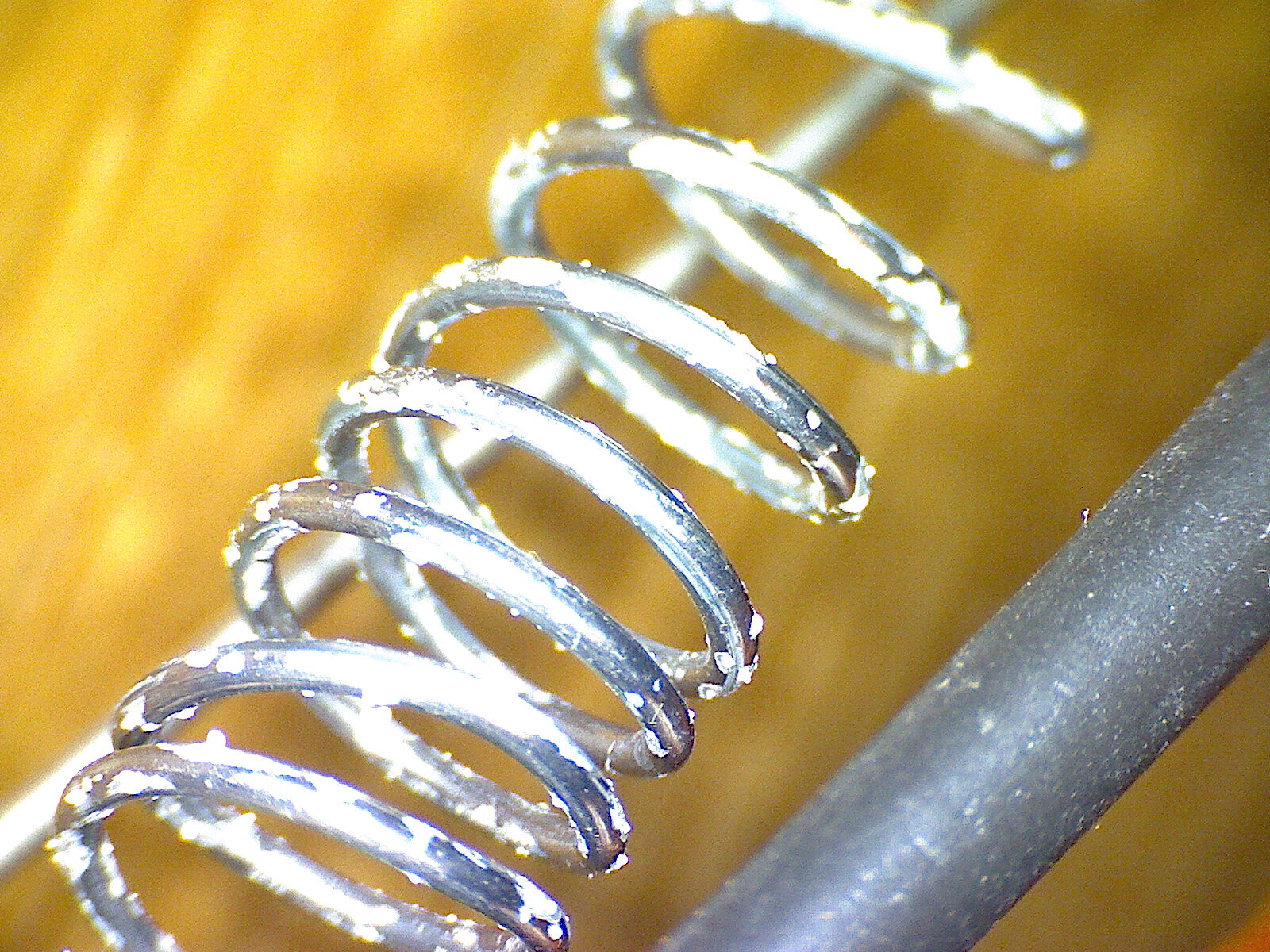
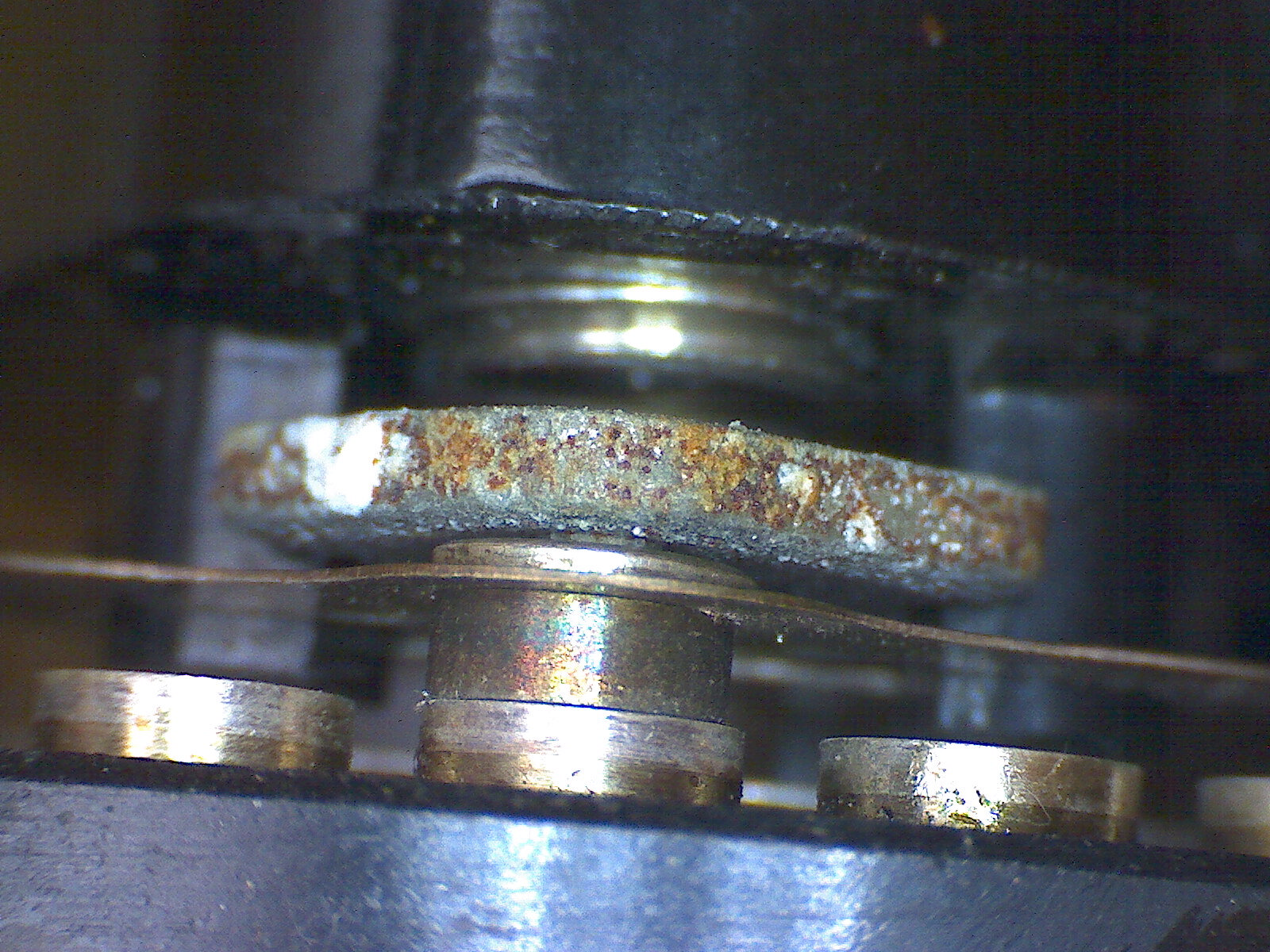
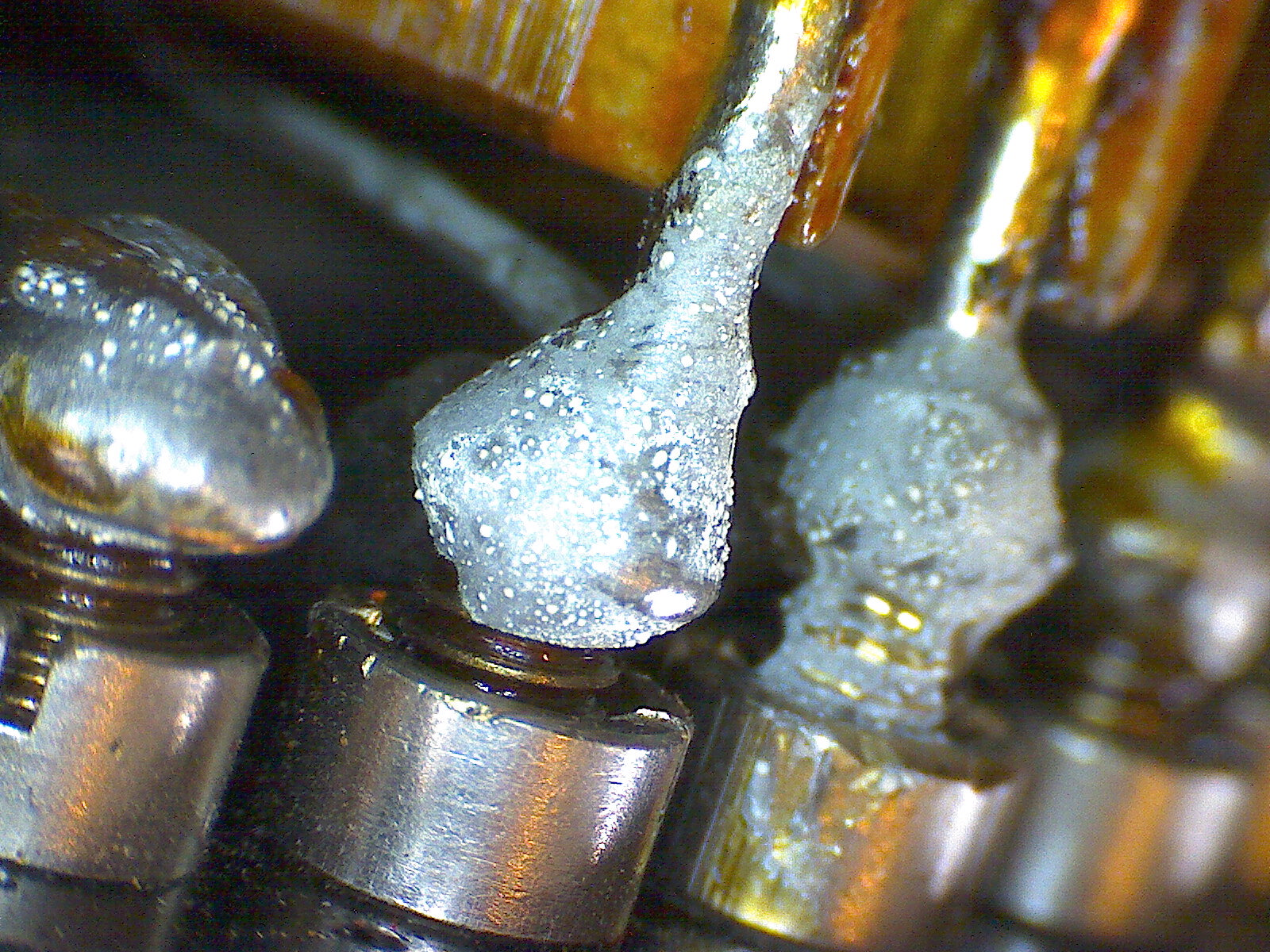
It now lives far away from salty sea air, but I wonder if the corrosion is likely to worsen.
Should I leave it well alone or should I try to remove the corrosion to prevent it from getting worse?
If removing the corrosion is a good idea, does anyone have any suggestions as to how I should best remove it?
The corrosion hasn't affected the resistance wire at all, or the silver switch contacts, but other metals and the solder in particular seem to have been quite badly affected. I'd hate to see this classic and trustworthy piece of test equipment succumb to the damage that has started, so any good advice would be much appreciated.